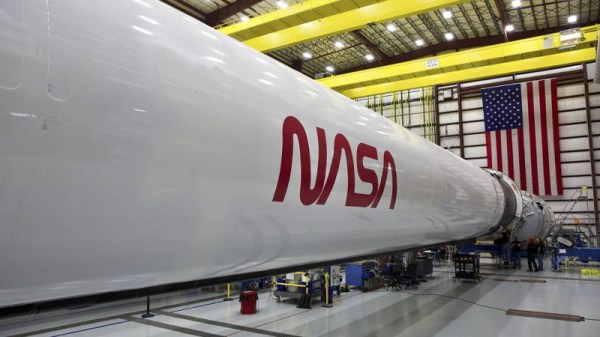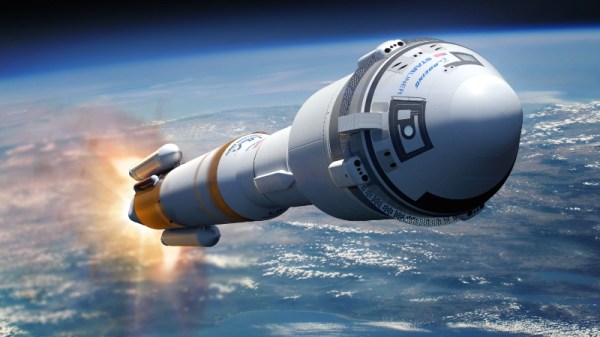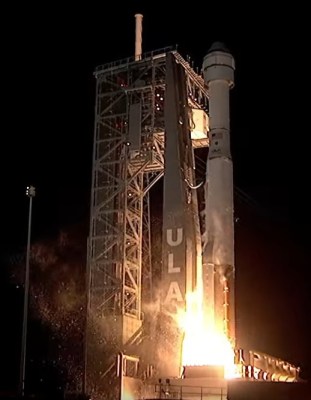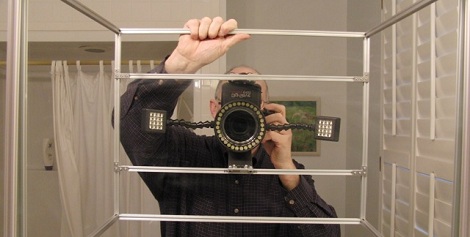With the launch of the SpaceX Demo-2 mission, the United States has achieved something it hasn’t done in nearly a decade: put a human into low Earth orbit with a domestic booster and vehicle. It was a lapse in capability that stretched on far longer than anyone inside or outside of NASA could have imagined. Through a series of delays and program cancellations, the same agency that put boot prints on the Moon and built the iconic Space Shuttle had been forced to rely on Russia to carry its astronauts into space since 2011.
NASA would still be waiting to launch its own astronauts had they relied on America’s traditional aerospace giants to get the job done. The inaugural flight of the Boeing CST-100 “Starliner” to the International Space Station in December was an embarrassing failure that came perilously close to losing the unmanned capsule. A later investigation found that sloppy software development and inconsistent testing had caused at least two major failures during the mission, which ultimately had to be cut short as the vehicle couldn’t even reach the altitude of the ISS, to say nothing of making a docking attempt. NASA and Boeing have since agreed to attempt another test of the CST-100 sometime before the end of the year, though a delay into 2021 seems almost inevitable due to the global pandemic.
But America’s slow return to human spaceflight can’t be blamed on the CST-100, or even Boeing, for that matter. Since the retirement of the Space Shuttle, NASA has been hindered by politics and indecisiveness. With a constantly evolving mandate from the White House, the agency’s human spaceflight program has struggled to make significant progress towards any one goal.
Continue reading “NASA’s Long-Delayed Return To Human Spaceflight”
















